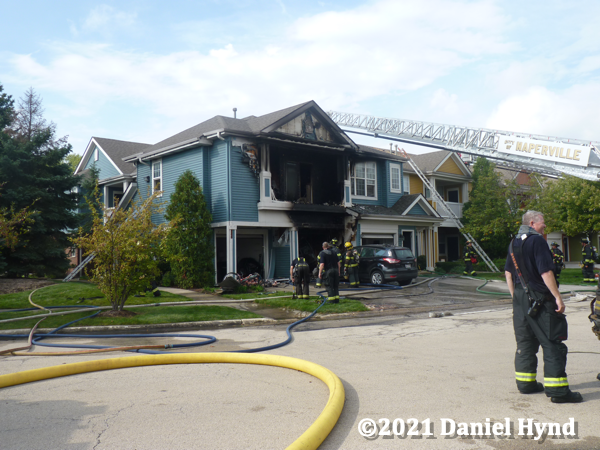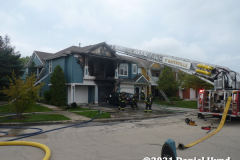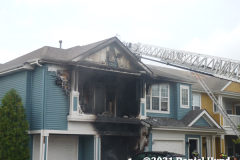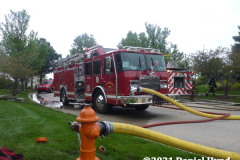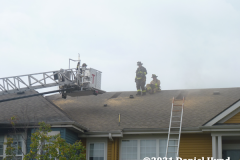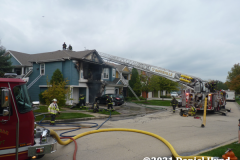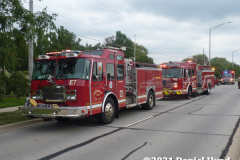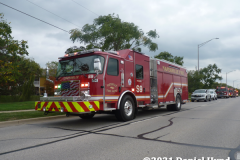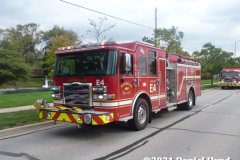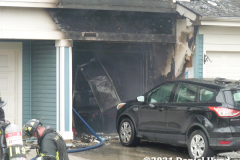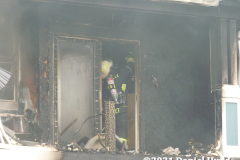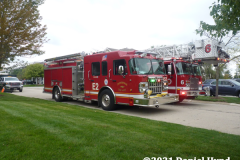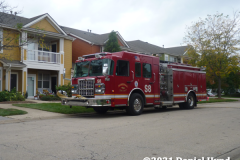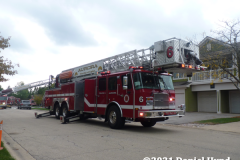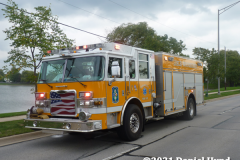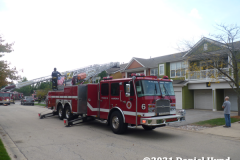Excerpts from abc7chicago.com:
Michael Pickering, a 45-year-old veteran Chicago firefighter, died from COVID-19 complications Friday morning. Pickering, who joined the Chicago Fire Department in 2003 and was assigned to Engine 29 in the Bridgeport neighborhood, is the fourth member of the department to die from complications of the virus.
His relatives said he got sick a few weeks ago and was eventually hospitalized and placed on a respirator. It’s unclear how he contracted the virus. Pickering, who is also a father to two teenage girls, was escorted Friday afternoon by honor procession to the funeral home where his sacrifice was honored.
On April 7, 2020, Mario Araujo became the first member of the fire department to die from the virus. Firefighter Edward Singleton died a week later from COVID-19 complications. In December, Paramedic Robert Truevillian died from the virus.
